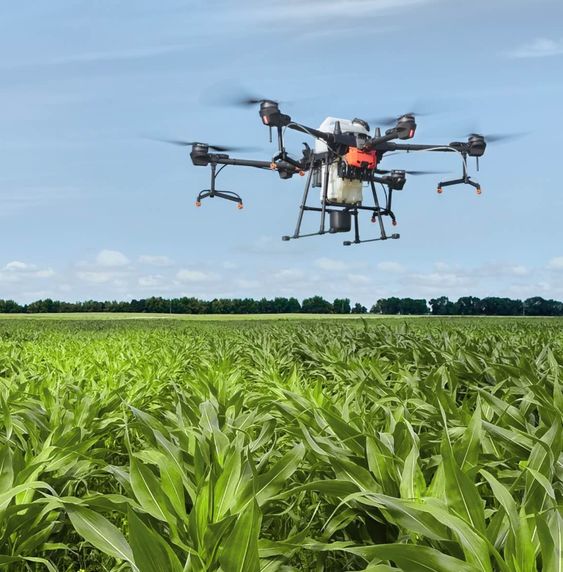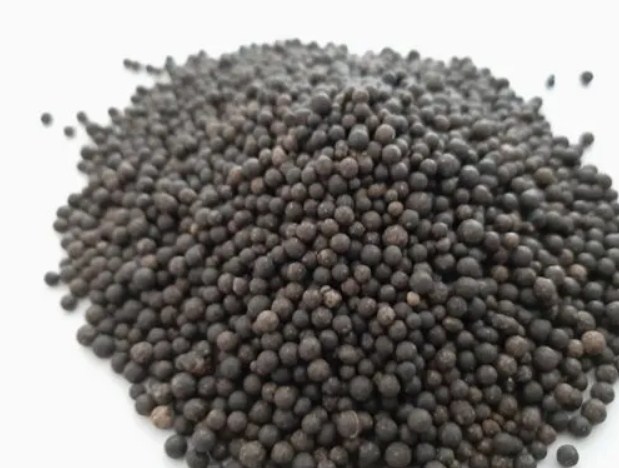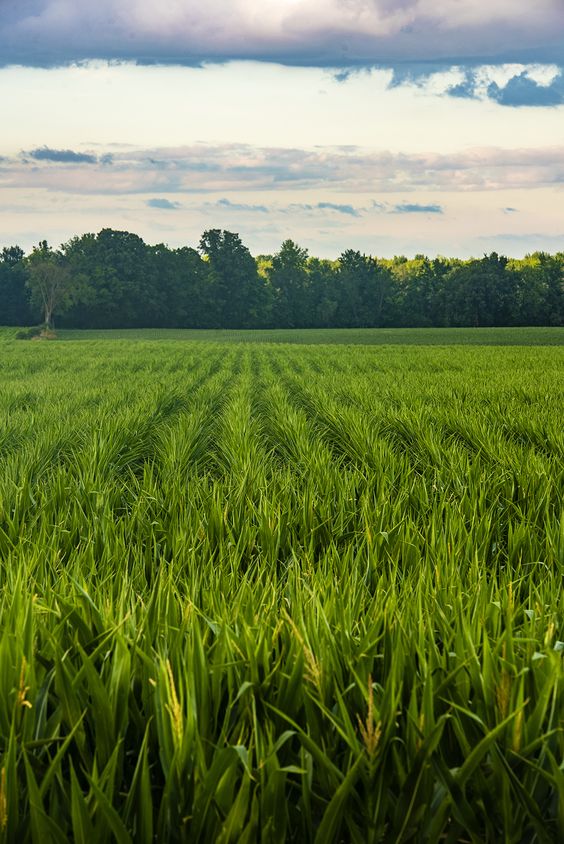Predicting the Future of Fields: Agricultural Event Prediction Models in Smart Agriculture
Agricultural Event Prediction Models sector is undergoing a significant transformation, driven by advancements in technology and the rise of Smart Agriculture. This new approach utilizes data, automation, and internet-of-things (IoT) devices to optimize various aspects of farm management. A crucial component of Smart Agriculture is the development of agricultural event prediction models. These models leverage historical data and advanced algorithms to forecast critical events in the crop lifecycle, empowering farmers to make informed decisions and improve overall yield and resource efficiency.
Contents
Understanding the Need for Prediction
Traditional agricultural practices often rely on experience and intuition, leaving farmers vulnerable to unforeseen events like pest outbreaks, weather fluctuations, and crop diseases. Agricultural event prediction models address this challenge by providing data-driven insights into the future.
Here’s how these models benefit farmers:
- Improved Planning and Resource Allocation: By anticipating events like peak water demand or fertilizer needs, farmers can plan resource allocation more effectively, minimizing waste and maximizing profit.
- Proactive Pest and Disease Management: Early detection of potential threats allows farmers to implement preventative measures, such as targeted pesticide application or adjustments to irrigation practices, before significant damage occurs.
- Risk Management and Insurance Optimization: Prediction models can identify periods of high risk, enabling farmers to take appropriate insurance measures or adjust agricultural practices to mitigate potential losses.
- Harvest Prediction and Market Timing: Knowing the anticipated harvest window allows farmers to plan logistics, secure storage facilities, and potentially negotiate better prices based on market trends.
Unveiling the Technology Behind Prediction
Agricultural event prediction models employ a variety of machine learning techniques, each with its strengths and applications. Some of the most commonly used methods include:
- Regression Analysis: This technique establishes a mathematical relationship between historical data points (e.g., weather patterns, soil moisture) and desired outcomes (e.g., crop yield, water demand).
- Time Series Analysis: This approach analyzes trends and patterns within historical data collected over time to forecast future occurrences.
- Artificial Neural Networks (ANNs): Inspired by the human brain, ANNs are complex algorithms that learn from large datasets to identify hidden patterns and predict future events.
- Long Short-Term Memory (LSTM) Networks: A type of ANN particularly adept at handling sequential data like weather patterns and crop growth stages, LSTMs excel at capturing long-term dependencies within data.
The effectiveness of these models hinges on the quality and quantity of data used for training. This data can come from various sources, including:
- Weather Stations: Real-time and historical weather data, including temperature, precipitation, humidity, and wind speed, is crucial for predicting crop growth patterns and potential weather-related events.
- Soil Sensors: Sensors embedded in the soil provide insights into moisture levels, nutrient content, and soil temperature, enabling prediction of irrigation needs and potential deficiencies.
- Satellite Imagery: Remote sensing data from satellites allows for large-scale monitoring of crop health, identification of pest infestations, and early detection of plant diseases.
- Farm Machinery Sensors: Modern farm machinery is often equipped with sensors that collect data on factors like planting density, fertilizer application rates, and crop yield.
The Journey Ahead: Challenges and Opportunities Agricultural Event Prediction Models
While agricultural event prediction models offer immense potential, there are challenges to be addressed:
- Data Availability and Quality: Access to reliable and comprehensive data sets remains a hurdle for some farmers, particularly in resource-limited regions.
- Model Complexity and Interpretability: Complex models can be challenging for farmers to understand and trust, hindering their adoption.
- Infrastructure and Connectivity: Rural areas often have limited internet connectivity, which can pose a barrier to real-time data collection and model utilization.
Despite these challenges, the future of agricultural event prediction models is promising. Here are some anticipated advancements:
- Integration with IoT and Edge Computing: As IoT devices become more prevalent in agriculture, real-time data collection and on-farm processing will empower more accurate and localized predictions.
- Explainable AI (XAI) Techniques: By focusing on developing models with explainable decision-making processes, farmers can gain a clearer understanding of how predictions are derived and enhance trust in the recommendations.
- Focus on User-Friendliness: Simplifying model interfaces and developing user-friendly applications will make these tools more accessible to farmers with varying technical backgrounds.
Conclusion: A Future of Informed Decisions Agricultural Event Prediction Models
Agricultural event prediction models represent a significant leap forward in agricultural practices. By leveraging the power of data and AI, these models empower farmers to make informed decisions, optimize resource allocation, and mitigate risks. As technology continues to evolve, agricultural event prediction models will become an indispensable tool, contributing significantly to a more sustainable, resilient, and profitable agricultural future.




